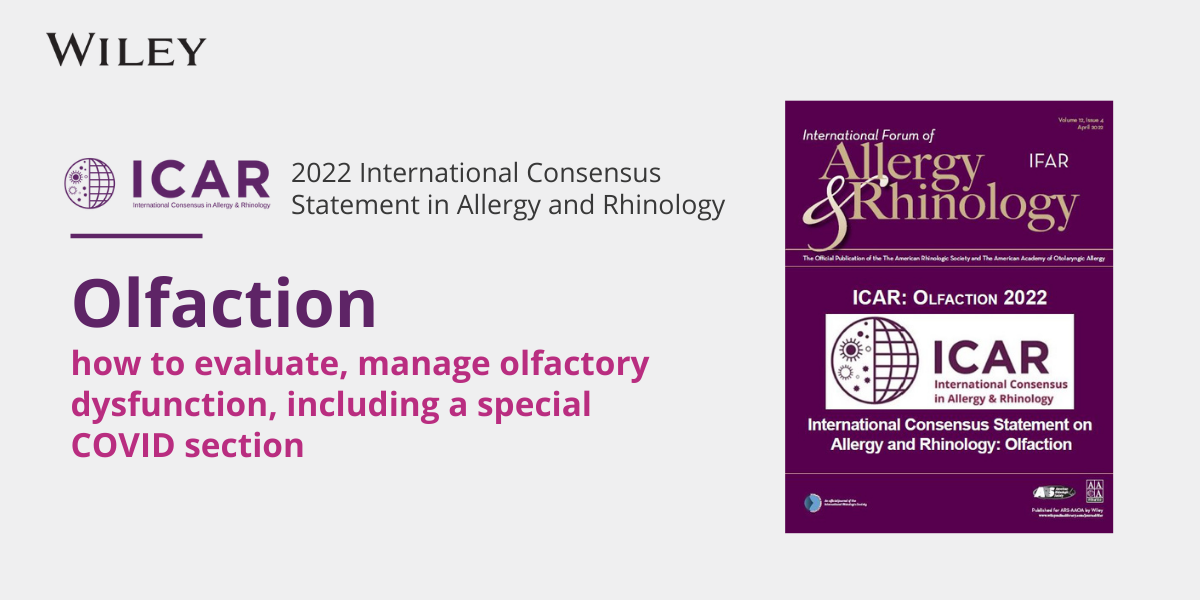“Don’t follow the crowd, let the crowd follow you” — Margret Thatcher This morning I noticed some daffodils defiantly blooming in the woods. While their defiance may have really been courtesy of the neighborhood squirrels, it still made me smile…
Journey Mapping
By Haidy Marzouk, MD
If you’re like me, you may feel that the past two years have been one long stress test for your practice. Between PPE, staff shortages, OR access issues, and telemedicine, we have all had to adapt. This holds true for our patients as well. Part of that adaptation is reassessing the patient experience in the new normal we are developing. It has become necessary to put our practices under the microscope with regards to workflow to do more with less and in different ways while still creating a positive patient experience.
While under the microscope, how does one decide priority efforts in the midst of a complex medical practice with multiple service lines including allergy? While trying to navigate through all this, I came across the concept of patient journey mapping. Journey mapping has long been used in the marketing and consumer industry to improve the customer experience. It describes graphically the multidimensional relationship between a “customer” and service. Within healthcare, this concept has recently been adapted across systems to integrate the patient experience with work-flow processes to improve quality, efficiency, and patient satisfaction. There have been publications in other medical specialties describing journey mapping and its impact on healthcare including breast cancer, geriatrics, dermatology, among others.
The patient journey map is a visual timeline starting with the first interaction a patient has with a particular provider or office; for example, when the referral is received by the office. This visual then goes through each step of the patient interaction with one side of the map depicting what the patient sees and experiences and the other side depicting the behind-the-scenes steps that the office performs to provide care for the patient. These descriptions include the process, how it’s done, and by whom. This layout is then continually modified and improved to optimize both sides of the map, the workflow process and the patient experience.
With the ever changing and evolving nature of health insurance, office staffing, and medical information, having an evolving journey map creates a vast number of opportunities for physician practices and larger healthcare entities. When strategically planning areas for growth and improvement within a practice, a patient journey map can highlight areas for targeted improvement in patient access, patient experience, efficiency, redundancy, quality, and automation. It also can enable the identification of barriers and potential biases to providing care. Seeing the largest gaps in these issues through the map can help make a strategic short- and long-term plan for a practice with appropriate modifications or tweaks along the way.
For those of us who are new to this concept, I found some tips that may be helpful when creating your patient journey map. Firstly, include your core staff and stakeholders in the process. This not only gives unique insight into the nuances of the workflow, but also creates more staff/provider engagement and buy-in. Secondly, obtain and use patient feedback. Third, continued education in practice management is key to the evolution of the patient journey map to keep a practice both current and optimized. Below is a very basic sample taken from the Mayo Clinic’s paper that describes a patient journey mapping (3):
The AAOA continues to provide excellence in education regards to clinical and scientific aspects of care and strives to set up all its members to successful practice through the ever changing aspects of practice management and healthcare. We hope that all members benefit from the information provided through multiple outlets throughout the organization.
References:
- Ly S, Runacres F, Poon P. Journey mapping as a novel approach to healthcare: a qualitative mixed methods study in palliative care. BMC Health Serv Res. 2021 Sep 4;21(1):915. doi: 10.1186/s12913-021-06934-y. PMID: 34479541; PMCID: PMC8417950.
- Ciria-Suarez L, Jiménez-Fonseca P, Palacín-Lois M, Antoñanzas-Basa M, Fernández-Montes A, Manzano-Fernández A, Castelo B, Asensio-Martínez E, Hernando-Polo S, Calderon C. Breast cancer patient experiences through a journey map: A qualitative study. PLoS One. 2021 Sep 22;16(9):e0257680. doi: 10.1371/journal.pone.0257680. PMID: 34550996; PMCID: PMC8457460.
- Philpot LM, Khokhar BA, DeZutter MA, Loftus CG, Stehr HI, Ramar P, Madson LP, Ebbert JO. Creation of a Patient-Centered Journey Map to Improve the Patient Experience: A Mixed Methods Approach. Mayo Clin Proc Innov Qual Outcomes. 2019 Sep 24;3(4):466-475. doi: 10.1016/j.mayocpiqo.2019.07.004. PMID: 31993565; PMCID: PMC6978601.




